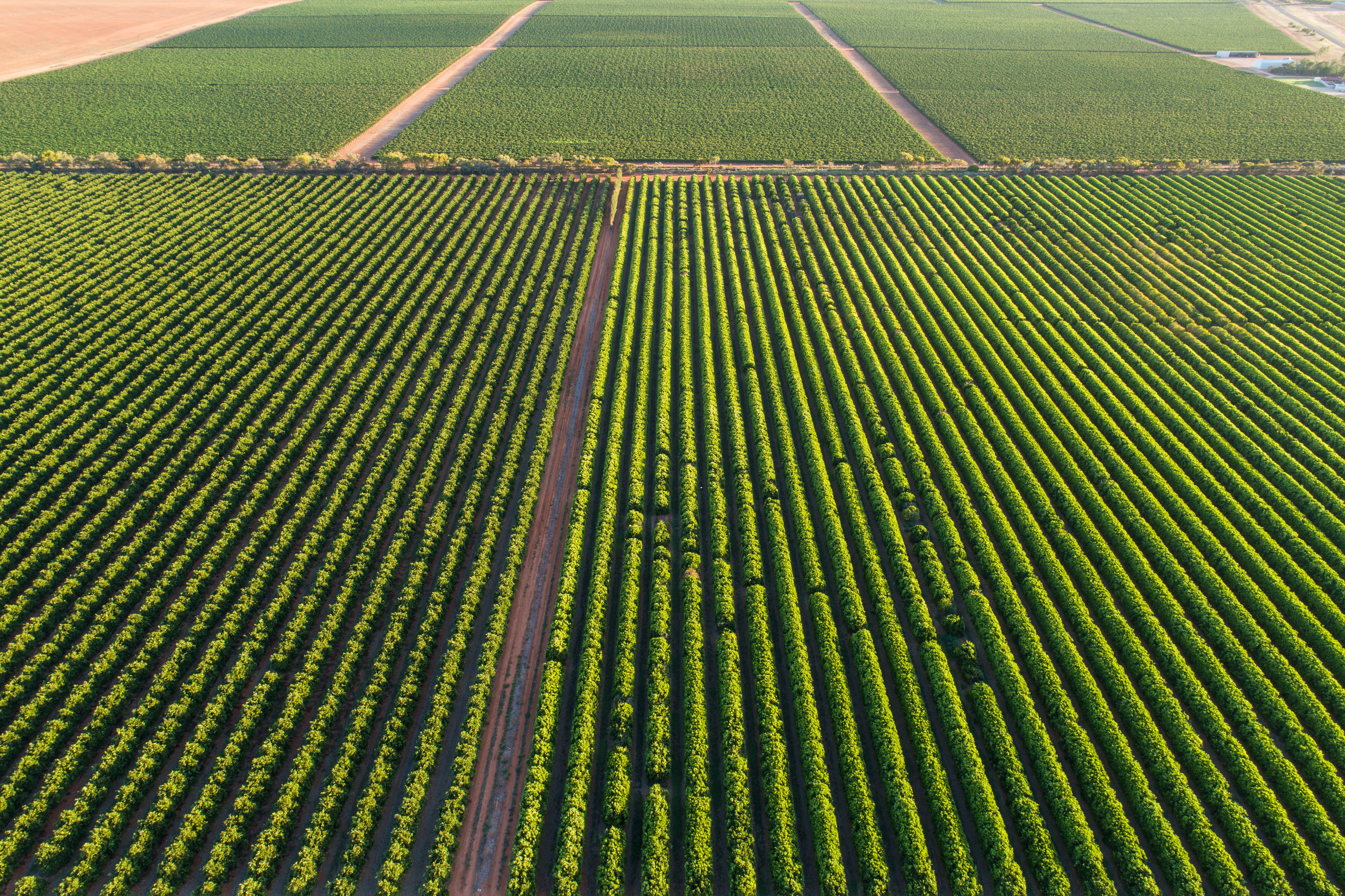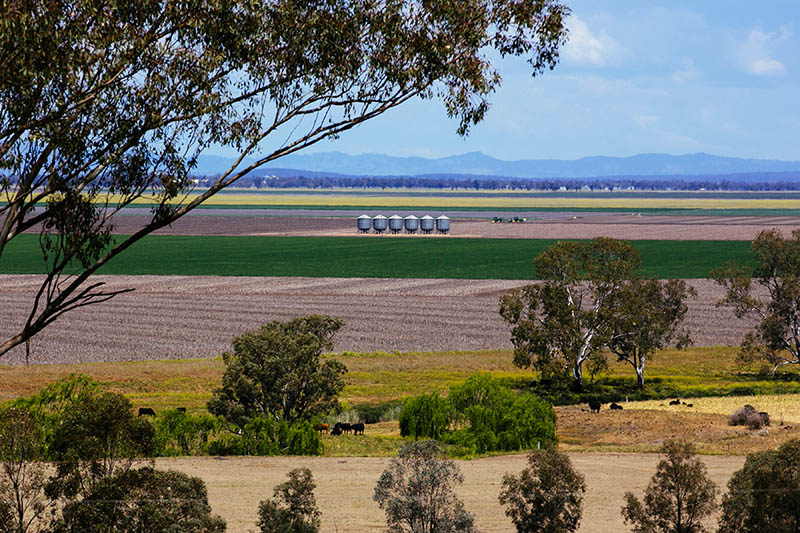26 October 2023
Insight from: Robbie Sefton
“Agriculture is not only food production, but also an important pillar of rural economic and social development. The development of the agricultural industry chain will drive rural employment opportunities and economic growth, and promote the sustainable development of rural areas.”
This is just one example of hundreds of comments that emerged from the first National Farmer Priorities Survey, which my company, Seftons, had the pleasure of working on with the National Farmers’ Federation, and it says so much about how our primary producers are feeling in the current domestic and global environment.
The survey attracted 1600 respondents from across Australia, representing a range of ag sectors, and is a first-of-its-kind attempt to really drill down into the thoughts, ideas, concerns and priorities of farmers.
Overall, farmers’ feelings about the industry and their place in it was positive, with more than 70 per cent of respondents endorsing the statement, ‘I love what I do’.
And, do they feel valued by the Australian public in general, well, 42.3pc of respondents answered in the affirmative, while just over 27pc aren’t feeling the love.
Interestingly, fruit and vegetable producers feel the most valued (60.7pc), while wool producers had the least positive sentiments around this question (34.7pc).
These thoughts around the value the public places on where their food and fibre comes from feeds into the narrative around more education in our schools on agriculture and its commodities, and teaching kids from an early age their breakfast doesn’t originate from the local supermarket.
In terms of positivity about the future, farmers were split fairly evenly into three camps. When asked if they were more positive about the future of farming now, than they were 12 months ago, 37.2pc said yes, 31.4pc were neutral, and 31.4pc were not. Again, horticulture farmers (55.8pc) were the most positive of all the ag sectors.
Another factor highlighted by the survey was the importance of the industry as an employer, with about nine in 10 of the farm businesses surveyed employing at least one full-time worker. Almost 48pc had between one and 10 full-time staff, and 24.8pc had between 11 and 50 employees. Almost 16pc had more than 50 full-time staff.
These are gratifying numbers, I think, considering we hear so much about how increasingly sophisticated farming practices and machinery has seriously eroded the number of workers on farms.
This is, of course, true up to a point, but I think it distracts us from appreciating just how many Australians are still employed in farming operations.
And another statistic from the final survey report tells us many respondents (87.2pc) would employ more people in their businesses if hiring conditions were better.
These conditions included access to accommodation in rural and regional areas, visa rules and wage regulations.
Community perceptions of agriculture were also considered to be a barrier to sourcing workers, which goes back to the importance of education around the industry and its key economic and social role.
Accurate data is critical when it comes to informing agricultural policy and strategy, so the National Farmer Priorities Survey is now an important tool for future planning and decisions. Farmers have made their voices heard, and now it’s up to us to listen to them. Head to the NFF website to read the full report here: https://nff.org.au/wp-content/uploads/2023/10/National_Farmer_Priorities_Survey_Report_FINAL_Oct23.pdf
To read this article in The Land newspaper, visit Australian farmers have had their say, now it’s up to us to listen | The Land | NSW




